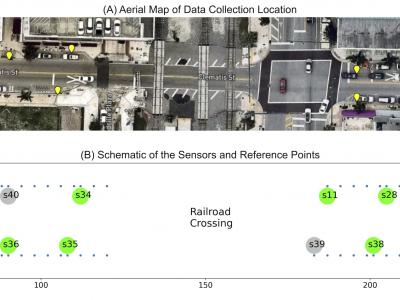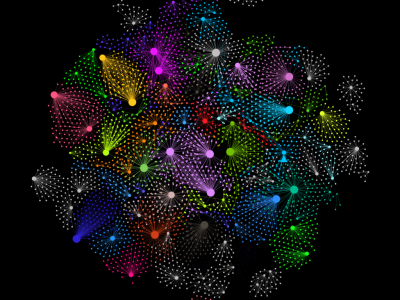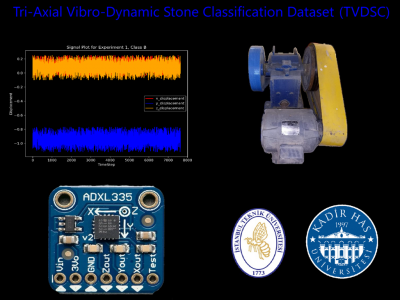*.csv
Endemic fish species are key components in seafood culinary excursions. Despite the increasing interest in leveraging technology to enhance various seafood culinary activities, there is a shortage of comprehensive datasets containing images of seafood used in artificial intelligence research, mainly those showcasing endemic fish. This research endeavors to bridge this gap by increasing the accuracy of fish recognition and introducing a new dataset comprising images of native fish for application in various machine-learning investigations.
- Categories:
 188 Views
188 Views
The dataset consists of uplink channel gains, downlink channel gains and uplink to downlink channel gains along with corresponding power allocations for uplink users and downlink users across all subcarriers. Additionally, it consists of NOMA decoding order for successful implementation of SIC at NOMA receiver. The number of UL users and DL users are considered as N=M=6, and subcarriers are S=9. Each column in the dataset is a sample for fading channel realization and it should be converted back to the matrix to compute sumrate.
- Categories:
 193 Views
193 ViewsA modern Wi-Fi-enabled device (e.g., a smartphone) can spontaneously emit unencrypted and anonymized signals to the environment in search of an access point. This signal is called a probe request. Since it is freely available in the open air, one can build a sensor from a Wi-Fi adapter to capture the signal. Once captured, its signal strength can be measured in the form of a Received Signal Strength Indicator (RSSI).
- Categories:
 197 Views
197 ViewsThis dataset is a network representation of authors linked to the publications they have authored or co-authored, collected from OpenAlex.org using the free, open-source tool available at https://openalex4nodexl.netlify.app/. It is provided as a CSV flat file, formatted for use with NodeXL, a popular tool for social network analysis.
- Categories:
 173 Views
173 Views
# Top 100 YouTube Channels Dataset
## Overview
This dataset provides comprehensive information about the top 100 YouTube channels based on subscriber count. It offers valuable insights into the most popular content creators on the platform, their performance metrics, and channel details.
## Dataset Contents
The dataset includes the following information for each channel:
- Channel ID
- Title
- Custom URL
- Subscriber Count
- Video Count
- View Count
- Category
- Country
- Categories:
 120 Views
120 Views
Each HistDataX.csv file refers to a set of historical data.
Each column refers to an attribute, including:
Driving distance (km),
Vehicle speed (km/h),
Motor output power (W),
Acceleration padel position (%),
Traffic status (0, 1, 2,…, 4; the bigger, the heavier),
Traffic jam direction (-1 opposite direction, 0 unknown, 1 same direction),
Traffic flow speed (km/h).
The sample rate is 10 Hz.
- Categories:
 167 Views
167 Views
We gathered a total of 1,515 news articles concerning suicide, building jumps, and related incidents from 2019 to 2024. Utilizing sentiment analysis tools, we categorized the data into two groups: positive sentiment words and negative sentiment words. Our primary objective was to examine the relationship between negative sentiment words and other associated terms.
- Categories:
 181 Views
181 Views
This data ia small sample set from the purchase order data catalog of state of california publicaly available at https://catalog.data.gov/dataset/purchase-order-data. From this source, we take a sample of 50,000 entries. The data provides comprehensive details about various purchase orders issued during this period. The dataset comprises 32 columns, capturing information about each purchase order. This dataset is rich in information and provides a valuable resource for item UNSPSC categorization.
- Categories:
 130 Views
130 Views
Sea-rail intermodal transportation is an essential infrastructure in global supply chains nowadays. Since the yard is the interface between sea and land, optimizing the transportation process in yards is of significant interest for increasing transportation efficiency.
- Categories:
 123 Views
123 Views


